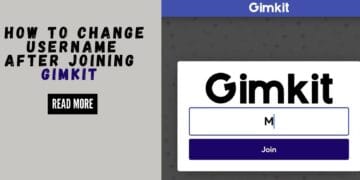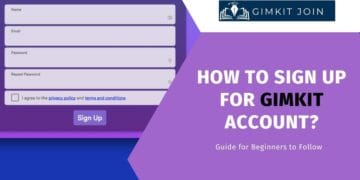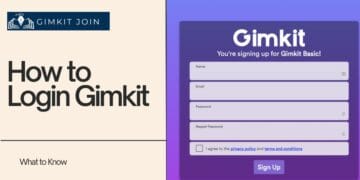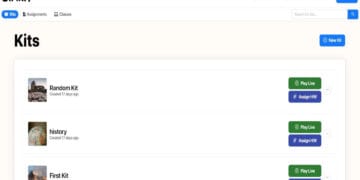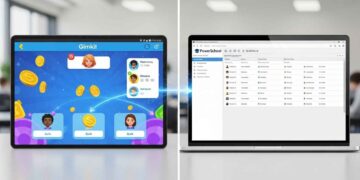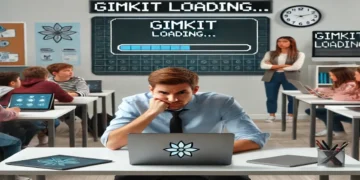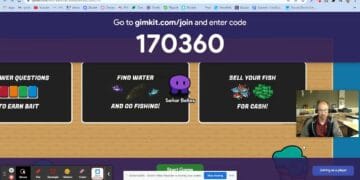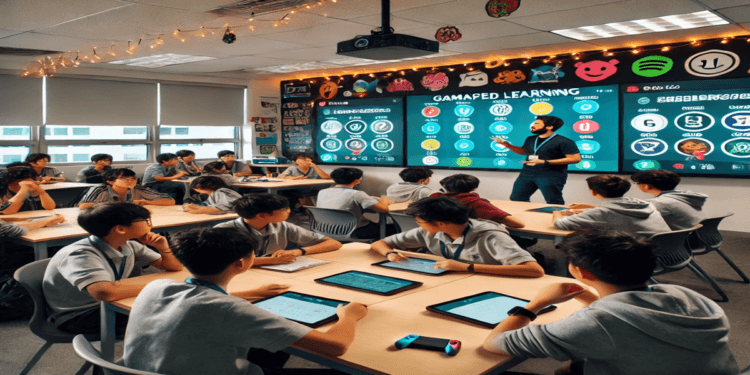Keeping students interested in class isn’t always easy. Some days, they’re all in; other days, they’re not so much. But what if you could turn every lesson into a game that students can’t wait to play?
That’s the power of gamified learning, and it’s where Gimkit truly shines. Beyond its competitive quizzes, Gimkit is a dynamic system of rewards and incentives that can turn passive listeners into active participants. This guide breaks down how to use Gimkit rewards to your advantage, highlighting the best strategies for increasing classroom participation and providing expert Gimkit teacher tips that go far beyond a standard quiz tool like a Google Forms for learning.
The Psychology Behind Gimkit’s Rewards
To master student engagement with Gimkit, it’s helpful to understand the core principles of motivation. The Gimkit rewards system brilliantly leverages both extrinsic and intrinsic motivation. To learn more about this crucial balance, you can explore academic research on the interplay between intrinsic and extrinsic rewards in an educational context.
Extrinsic Rewards: The Spark for Participation
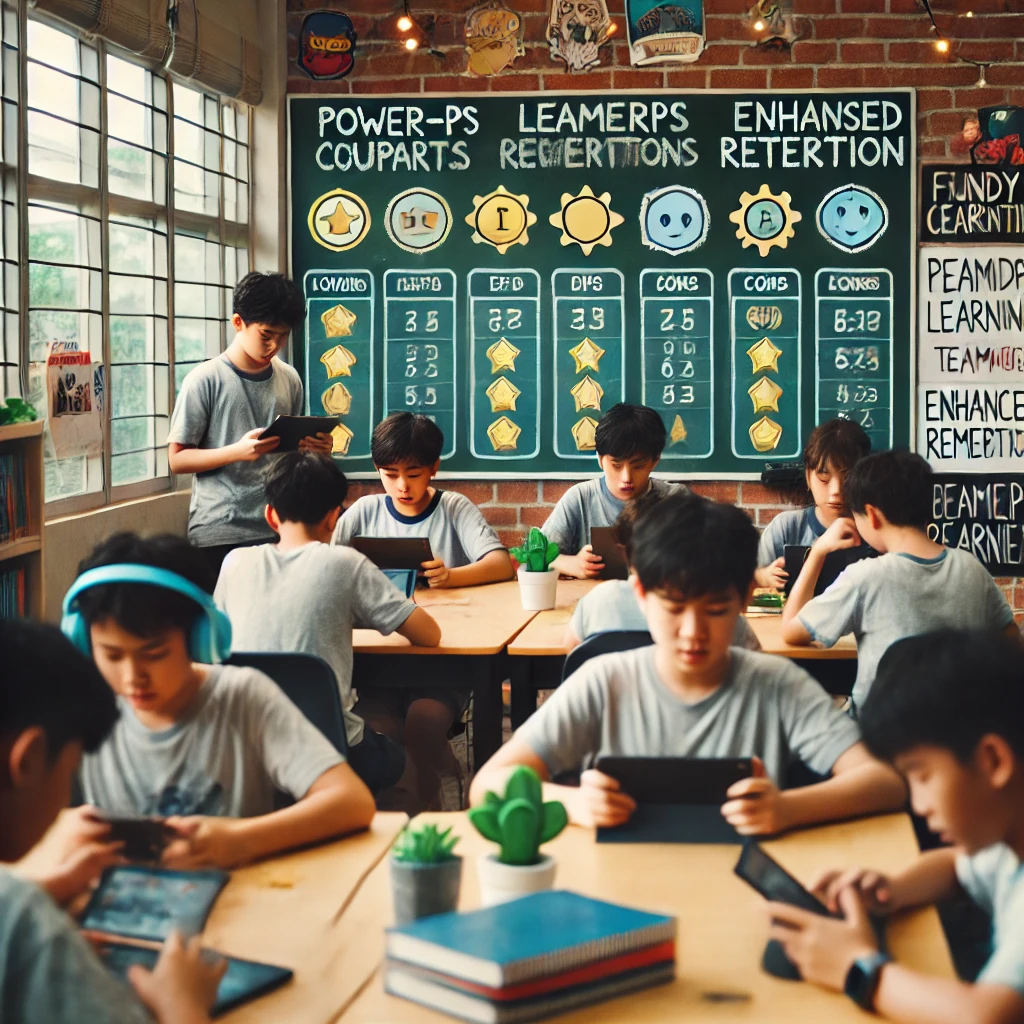
Extrinsic motivation comes from external factors, and Gimkit’s in-game currency is the perfect example. The promise of Gimkit Coins, power-ups, and leaderboard rankings is a tangible incentive that sparks initial engagement. These external rewards are powerful tools for driving immediate participation and getting students to start interacting with the material.
Intrinsic Motivation: The Fire for Learning
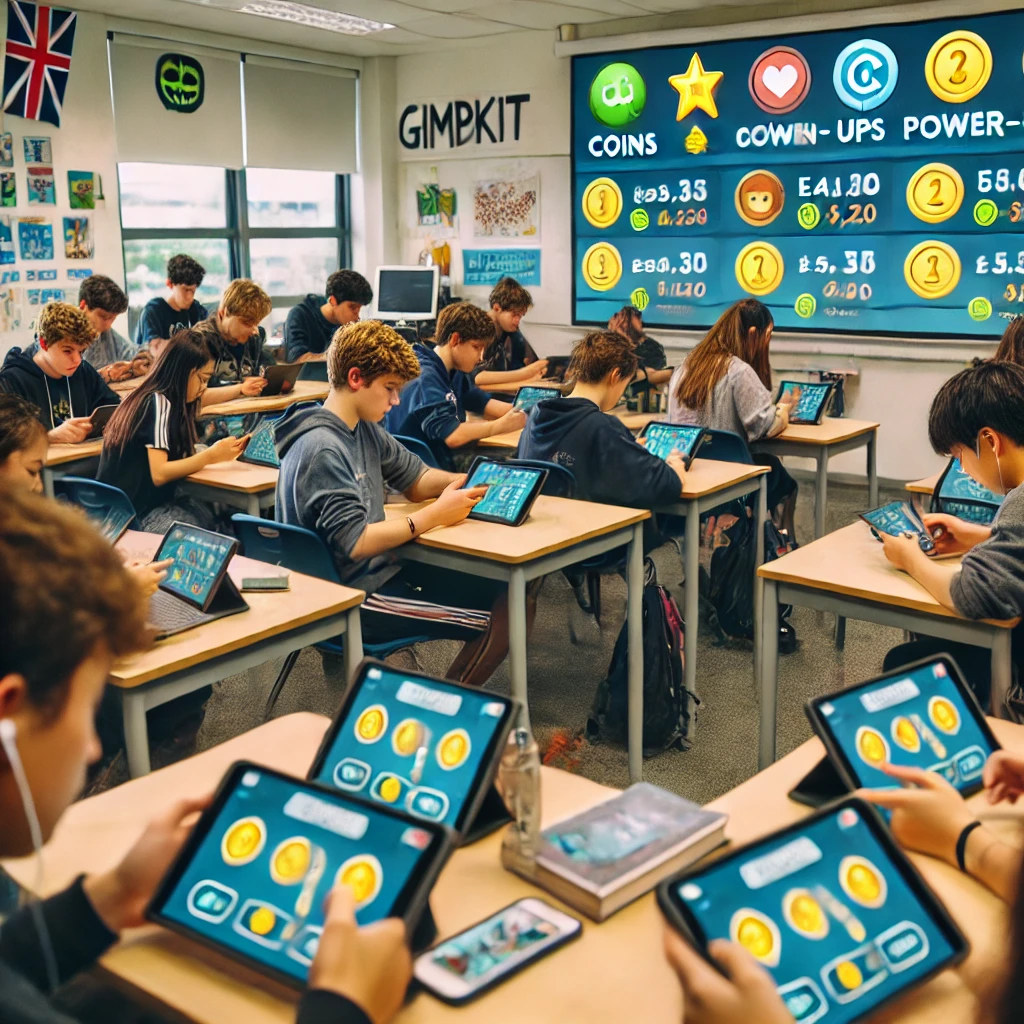
While extrinsic rewards can get students to participate, the real goal is to use that spark to ignite a love of learning. Gimkit fosters intrinsic motivation through:
- The Joy of Competition: The thrill of playing a fast-paced game is its own reward.
- The Feeling of Mastery: Getting a question right and seeing your total climb builds confidence.
- Strategic Choices: Students must decide how to spend their Gimkit in-game money, adding a layer of strategic thinking that deepens their involvement.
By using both types of motivation, Gimkit ensures that students’ desire to learn outlasts the game itself.
Actionable Gamified Strategies for the Classroom
Now that you understand the “why,” here are specific classroom participation strategies you can implement today to boost participation and make learning more active.
1. The “Secret Bonus” Code
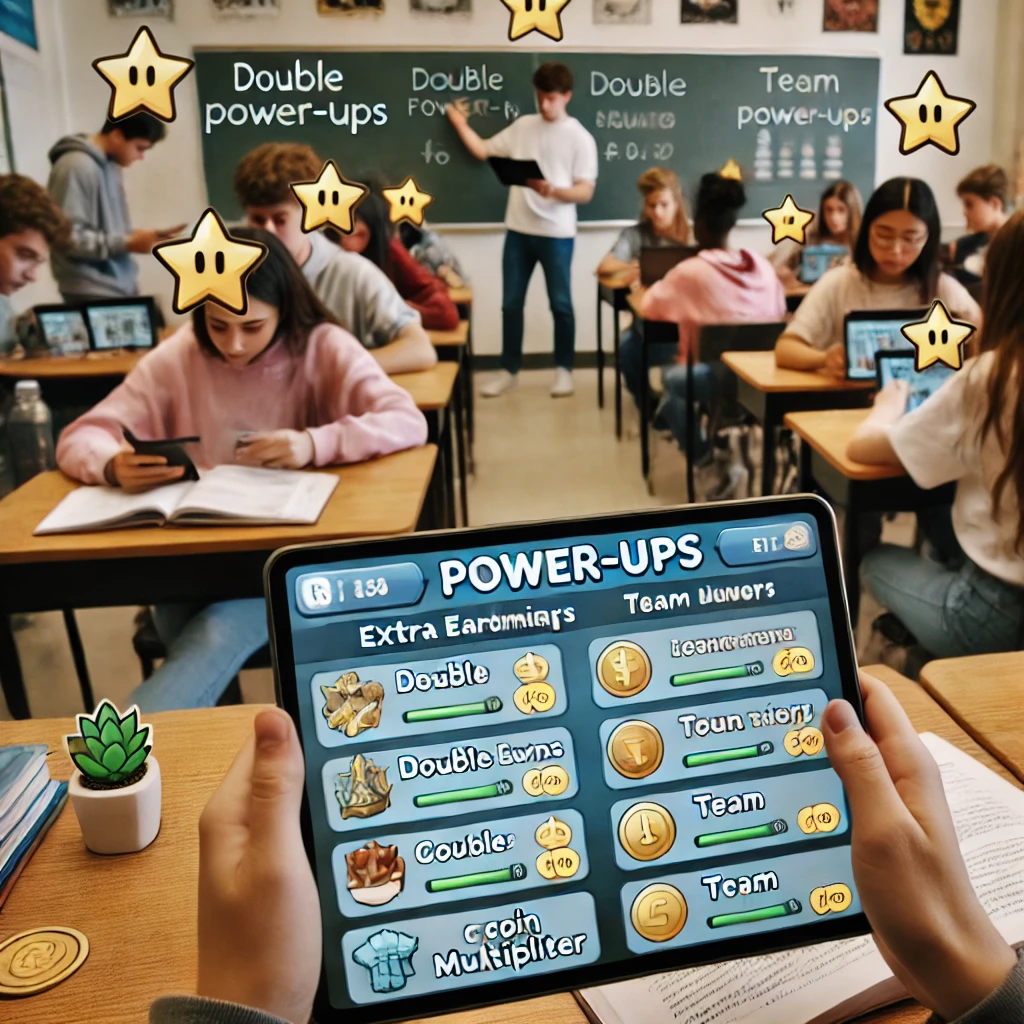
Announce to your students that you will be giving out a secret code worth a large amount of in-game cash. Drop hints throughout the lesson and reveal the code to anyone who answers a question out loud or contributes to a class discussion. This strategy links direct, real-world actions to an immediate Gimkit reward.
2. The Live Report Shout-Out
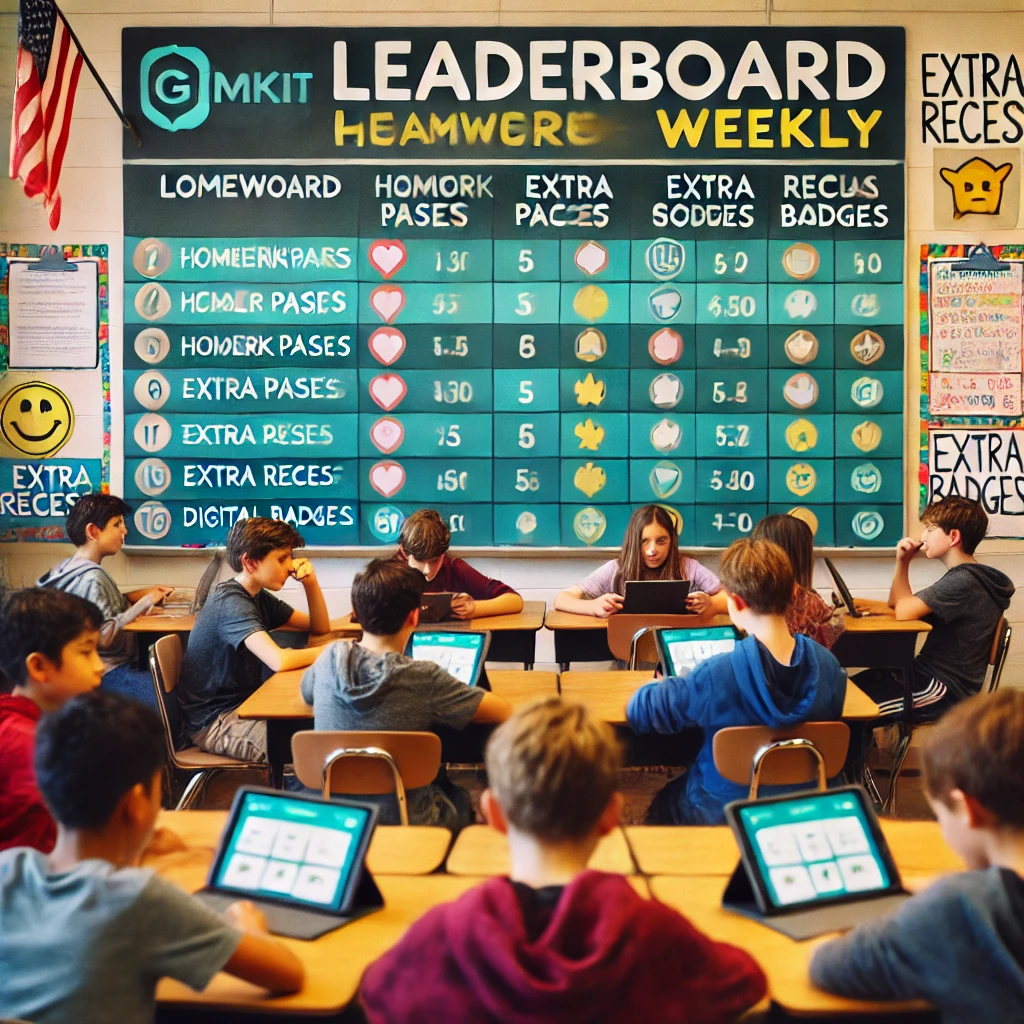
Keep the live leaderboard and report screen open during gameplay. When a student answers a particularly difficult question correctly or makes a strategic play, call them out by name. Social recognition is a powerful reward that costs nothing and helps foster a sense of accomplishment.
3. The Team-Based Challenge
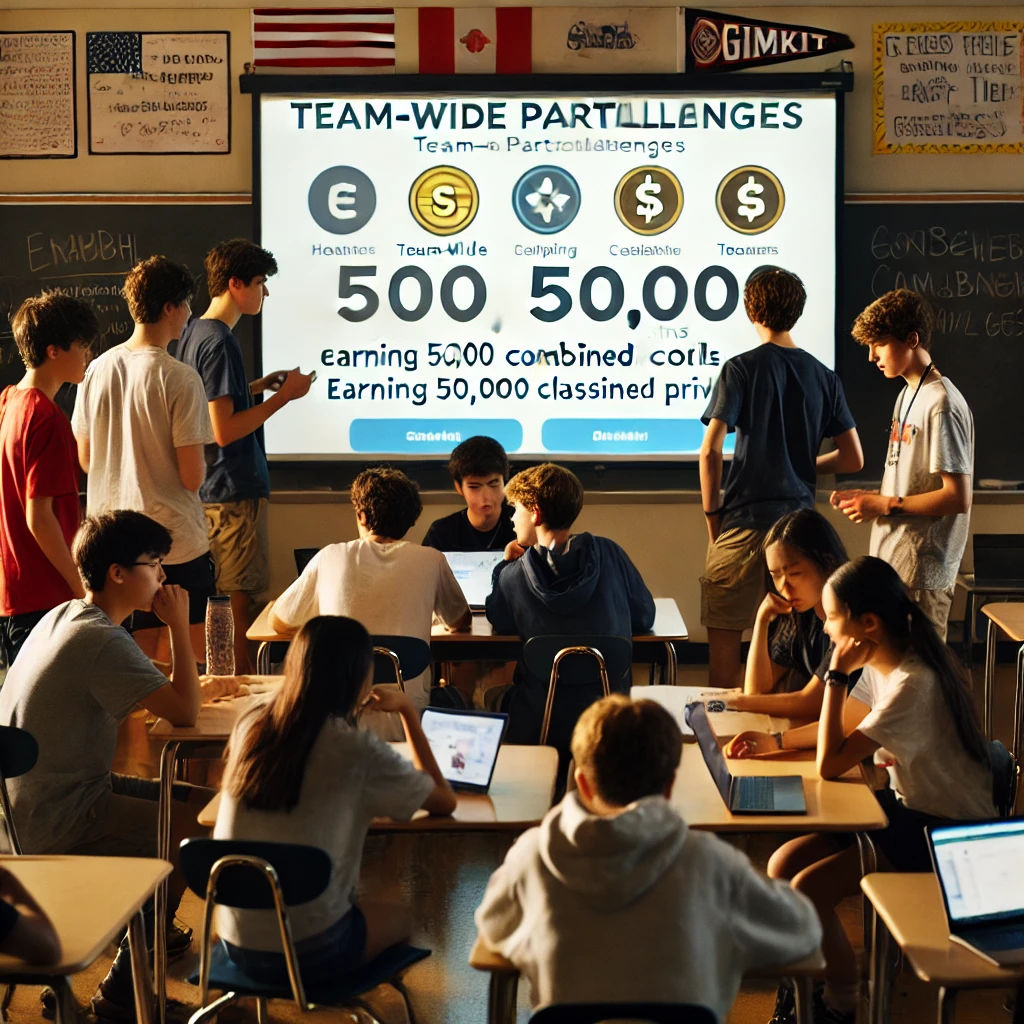
Use Gimkit’s Team Mode to encourage collaboration. Announce that the winning team not only gets the in-game victory but also a real-world prize, like a free homework pass or picking the class song for the day. This encourages peer support and collective effort toward a shared goal.
4. The Accuracy Challenge
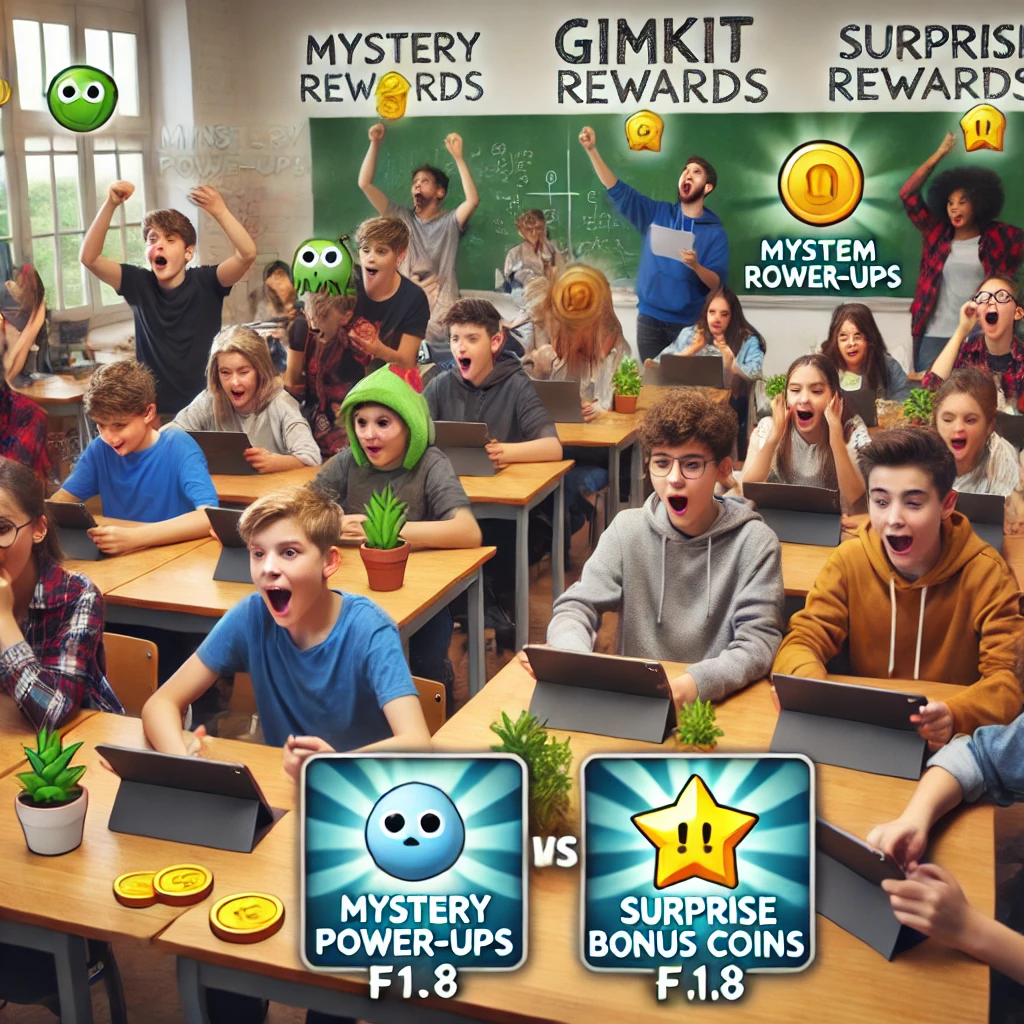
Change the game goal to be about accuracy rather than total cash. A student who finishes with a perfect 100% accuracy gets a virtual badge on the host screen and a special shout-out. For more insights on how to leverage different game formats, take a look at our guide on Gimkit game modes.
The Teacher’s Controls: Pulling the Levers of Motivation
A key part of these Gimkit strategies is leveraging the game’s host controls. Here’s how you can customize the reward system to fit your unique classroom management style.
- Game Mode Balance: Adjust the settings of your game mode to reward more in-game resources for correct answers. In modes like Fishtopia or Snowbrawl, you can increase the reward-to-action ratio to make the connection between learning and playing more direct.
- Quick Actions: Use the host’s Quick Actions to instantly add or subtract cash from a student’s total. For more advanced features like these, you can check out our guide on Gimkit’s hidden features.
- “All-In” Mode: Use the “All-In” game mode to reward a class that has mastered a topic. This high-risk, high-reward strategy can be a fun way to celebrate a successful learning unit.
Conclusion: Making Learning More Engaging with Gimkit
Using these effective ways to implement Gimkit rewards, teachers can turn lessons into exciting challenges. It’s not just about the coins; it’s about using the coins to motivate, recognize, and empower your students.
The ultimate goal of gamified learning is to create a dynamic environment where students are eager to participate. By trying out different Gimkit strategies and adjusting them based on your students’ needs, you can transform your classroom into an adventure they can’t wait to join.






